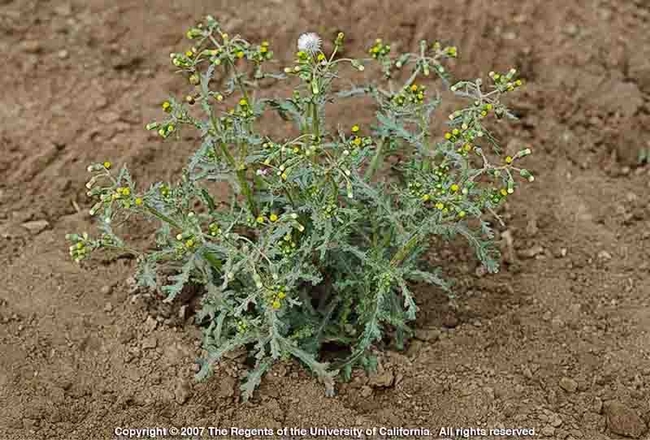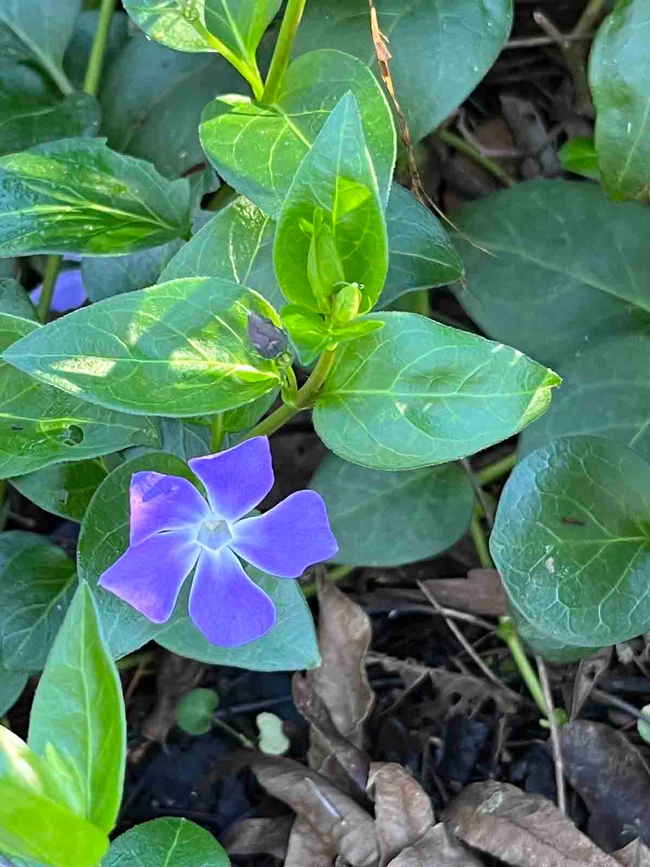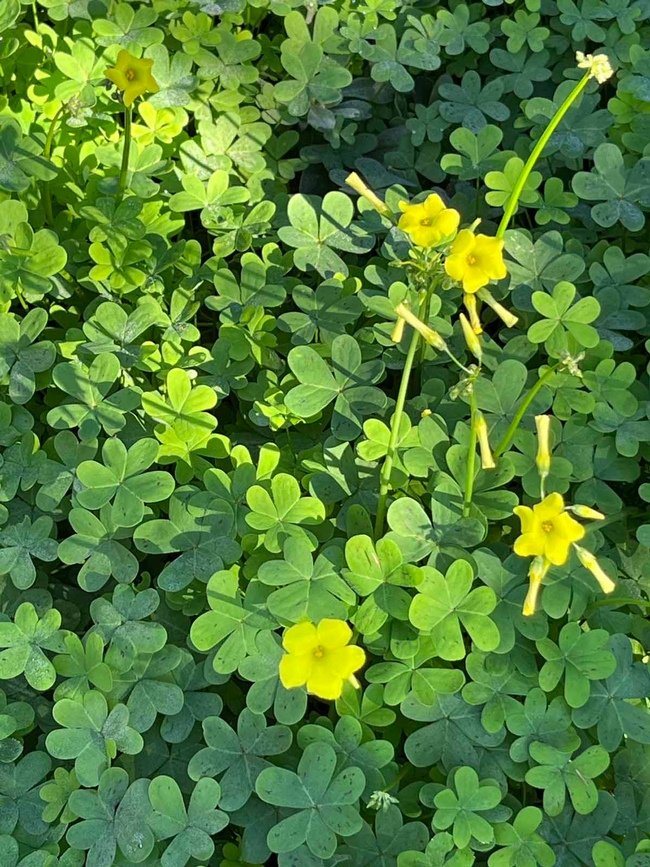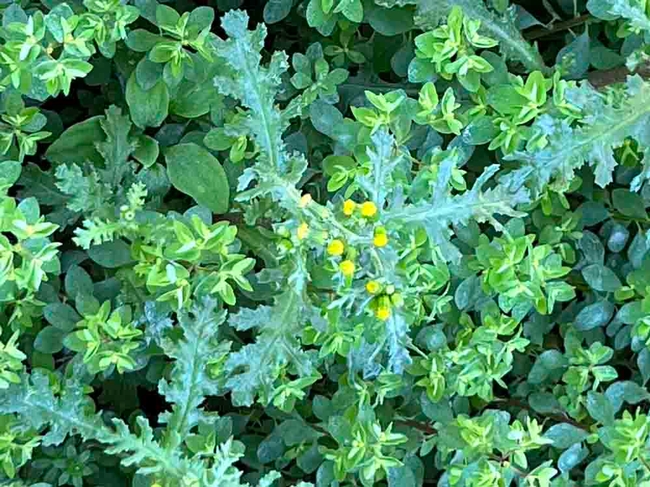For many of us, gardening involves a constant battle with weeds. Basically, a weed is nothing more than a plant growing where it is not wanted, the classic example being dandelions in the lawn. But as the old saying goes, “One man's trash is another man's treasure,” and there are many “weeds” that are, in fact, completely edible. Good examples are purslane (portulaca oleracea), miner's lettuce (claytonia perfoliate) and, yes, even the unwanted dandelion; many tasty recipes for them can be found in a simple internet search. Looked at another way, a weed may simply be an unloved flower.

According to the Farmer's Almanac, weeds fall into three distinct categories: weeds, noxious weeds, and invasive weeds. A (basic) weed is simply a plant that causes health problems for either humans or animals (as in allergy seasons when certain grasses, seeds, or pollens are released) or causes economic losses or ecological damage, or is simply undesirable where it grows (crabgrass is a classic example). A noxious weed is any plant designated by federal, state, or local government as one which can cause injury to agriculture, wildlife, public health, recreation, or property. Noxious weeds vary from state to state and county to county (field bindweed is noxious in California). An invasive weed is a non-native that competes with natives and may crowd them out and alter ecosystems (English ivy, for example, which has also become invasive in Bidwell Park).

There are precautions to take that will help prevent the spread of unwanted seeds. It is important to make sure gardening tools and pots are cleaned after each use, a step that many people overlook. Immediately clean tools that have been used to remove dead or diseased leaves. If and when purchasing soil and amendments at a garden center, be sure to buy quality materials that are comprised of manure, compost, or “garden” soil that are preferably weed free. Although more expensive, selecting an amendment known to be weed free is worth the investment.

Once your plants are getting established, try to water them by hand or through a drip system. Limiting water applications to areas around your plants' roots will discourage any stray seeds from germinating nearby. Avoid over-fertilizing: over-fertilization encourages more vigorous competition with your plants from any weeds that may be present.
It may take several seasons, but by being diligent weeds can be controlled. It is especially important to remove them before they flower and produce seed. UC weed scientists counsel that “one year's seed results in seven years of weeds.”
It is also helpful to remember that in nature, weeds play an important role. They can resist conditions like drought, acidic soil, lack of humus, and mineral deficiencies. Weeds protect topsoil from eroding away in heavy rains and strong wind. They provide cover and shade for soil microbes and insects. And weeds can reveal important information about the health and pH of our soils -- for example, certain weed species are confined to acidic soils and others to alkaline. The presence of some weeds, like Curly Dock, let you know that soil in the area is frequently wet and saturated. So don't dismiss the weeds in your yard out of hand – they may have something useful to tell you!

UC Master Gardeners of Butte County are part of the University of California Cooperative Extension (UCCE) system. To learn more about us and our upcoming events, and for help with gardening in our area visit our website. If you have a gardening question or problem, email the Hotline at mgbutte@ucanr.edu or leave a phone message on our Hotline at 530-552-5812. To speak to a Master Gardener about a gardening issue, or to drop by the MG office during Hotline hours, see the most current information on our Ask Us section of our website.